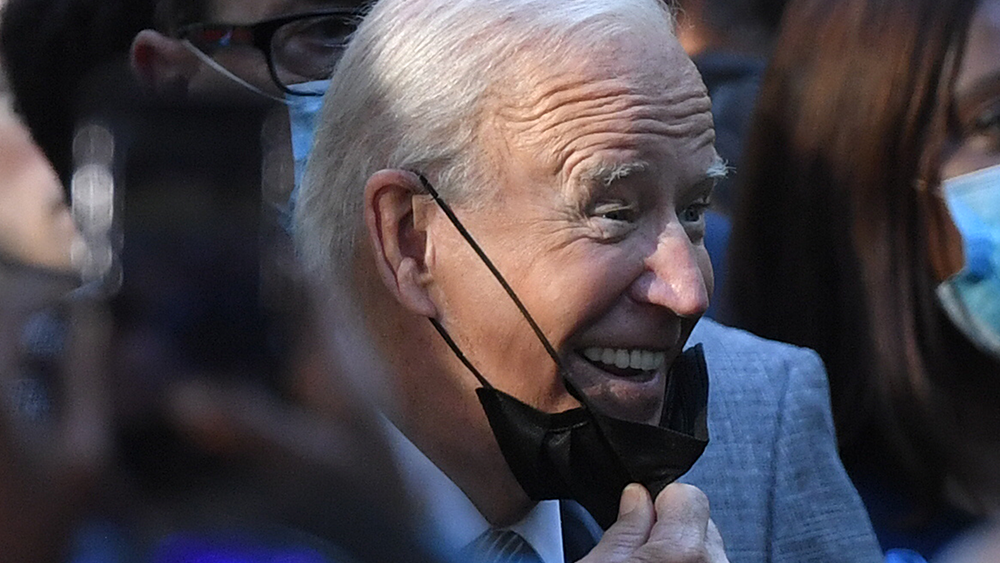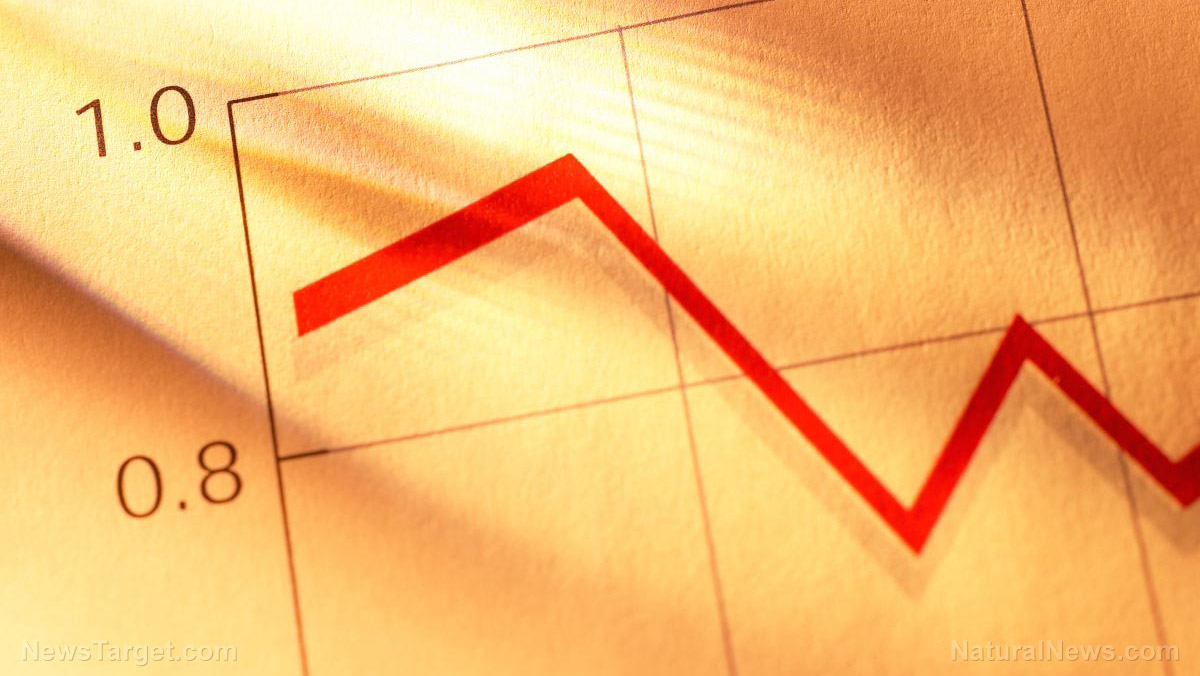U.S. labor productivity crashes 5%, worst decline in 40 years
11/12/2021 / By News Editors

Worker productivity slumped by much more than expected in the third quarter, data from the Department of Labor showed Thursday.
(Article by John Carney republished from Breitbart.com)
Hours worked increased at a seasonally adjusted, annualized rate of seven percent in the July through September period, while output increased just 1.7 percent.
This is the worst productivity decline since the second quarter of 1981, when the measure decreased 5.1 percent. Economists had expected a milder decline of around 1.5 percent.
Productivity jumped in the first half of the year as output soared 8.1 percent in the first quarter and 8.5 percent in the second, outpacing the growth in hours worked. The second-quarter productivity figure was revised up to 2.4 percent growth from the earlier estimate of 2.1 percent as output was revised upward and hours worked revised down.
Compared with a year ago, output is up 6.1 percent and hours worked are up 6.7 percent, producing a 0.5 percent productivity loss. That’s the biggest annual decline in 10 years.
It’s likely that the productivity slump reflects supply shortages, which many businesses have said are keeping them from running at full tilt. As well, labor scarcity may have employers pushing existing workers to work longer hours, which can hurt productivity, and hiring less productive workers.
Manufacturing sector labor productivity decreased 1.0 percent in the third quarter of 2021, as output increased 5.7 percent and hours worked increased 6.7 percent. In the durable manufacturing sector, however, productivity increased 1.4 percent because output jumped 9.9 percent while hours worked grew 8.4 percent. Nondurable manufacturing, which is nearly five times as large as the durable segment, saw a 2.6 percent productivity decline, as output grew just 1.3 percent and hours worked were up 4 percent.
Compared with the third quarter of last year, total manufacturing productivity increased 2.4 percent, as hours worked grew 3.8 percent while output jumped 6.3 percent. Durable productivity is up 3.2 percent on a 6.8 percent output gain and 3.5 percent increase in hours worked. Nondurable productivity rose 1.3 percent annually, with output rising 5.8 percent and hours climbing 4.4 percent.
The longer-term figures paint a picture of how the pandemic reshaped the economy. Hours worked remains one percent below the fourth quarter of 2019, the last quarter not affected by the pandemic, and output is 1.8 percent higher. Manufacturing hours worked is 3.3 percent below the prepandemic level but output has jumped, pushing the productivity index up 4.6 percent.
Over the period from the fourth quarter of 2019 through the third quarter of 2021, the index of manufacturing productivity has risen at a 2.6 percent annual rate. That is far above the 2007 through 2019 average of just 0.2 percent and even above the long-term ( 1987 to 2020) rate of 2.3 percent.
Read more at: Breitbart.com
Tagged Under: Bubble, economic collapse, economy, labor, labor output, manufacturing, market crash, pandemic, productivity, risk, shortages, supply chain crisis, working hours
RECENT NEWS & ARTICLES
COPYRIGHT © 2017 RISK NEWS

















